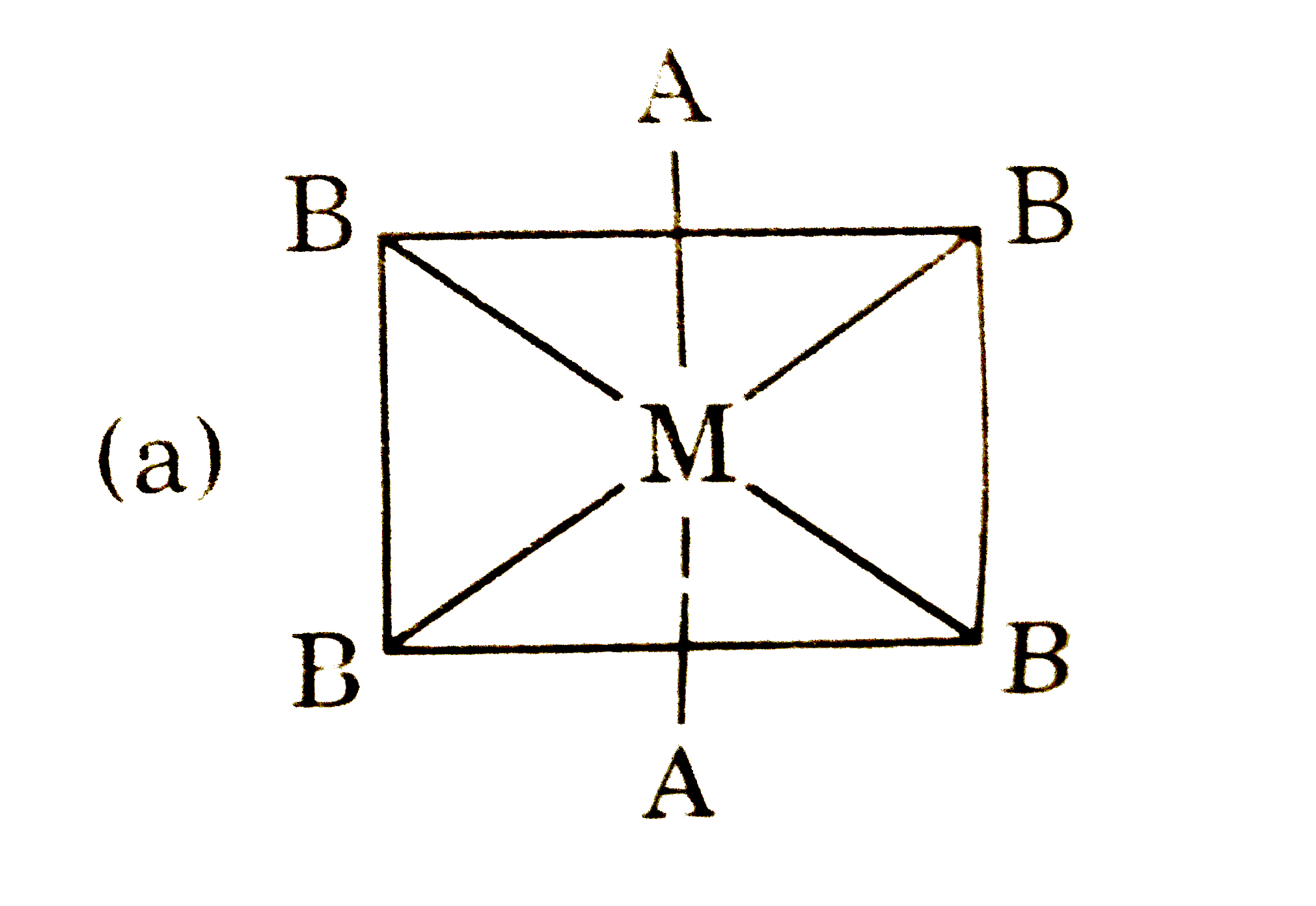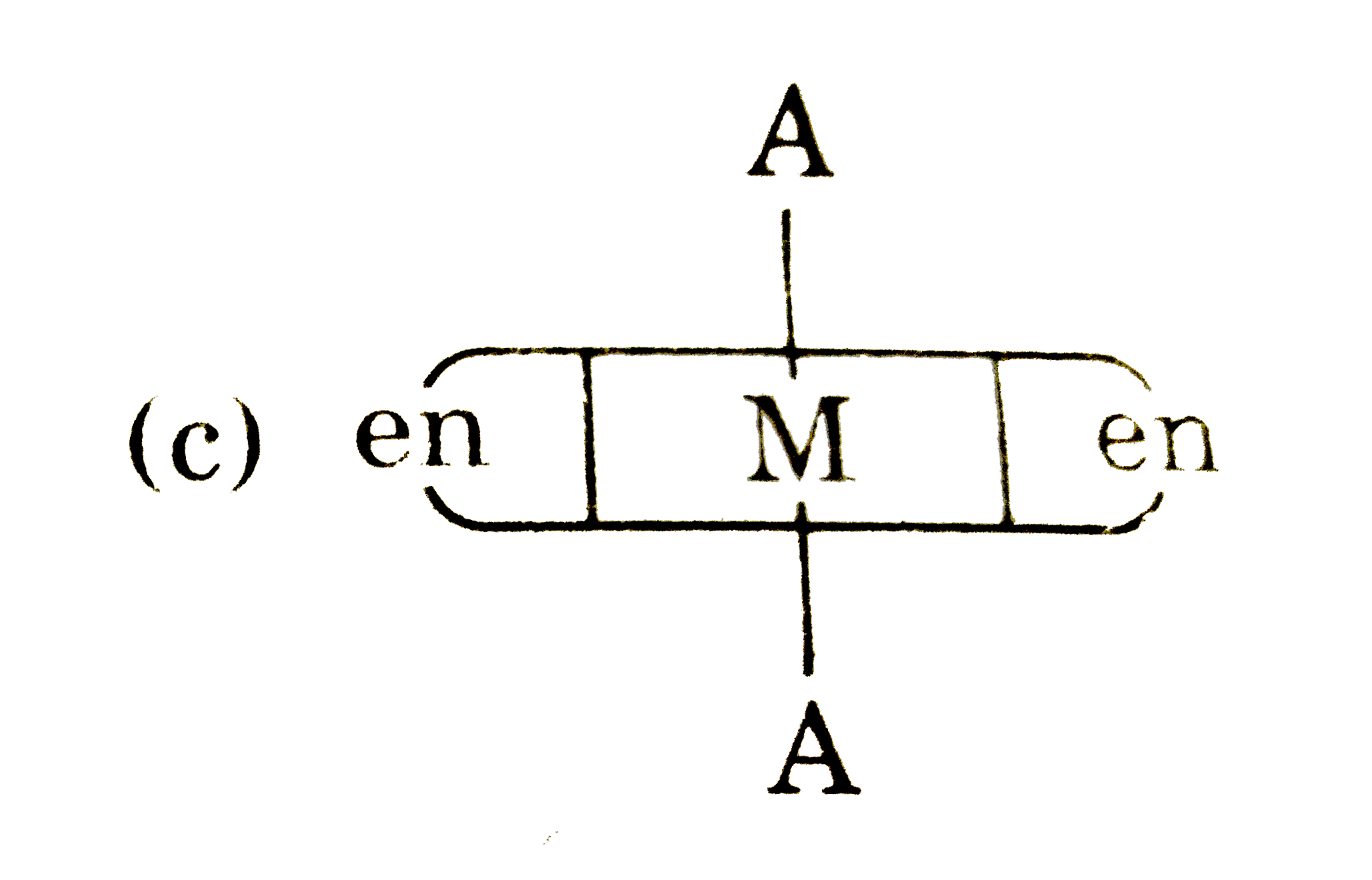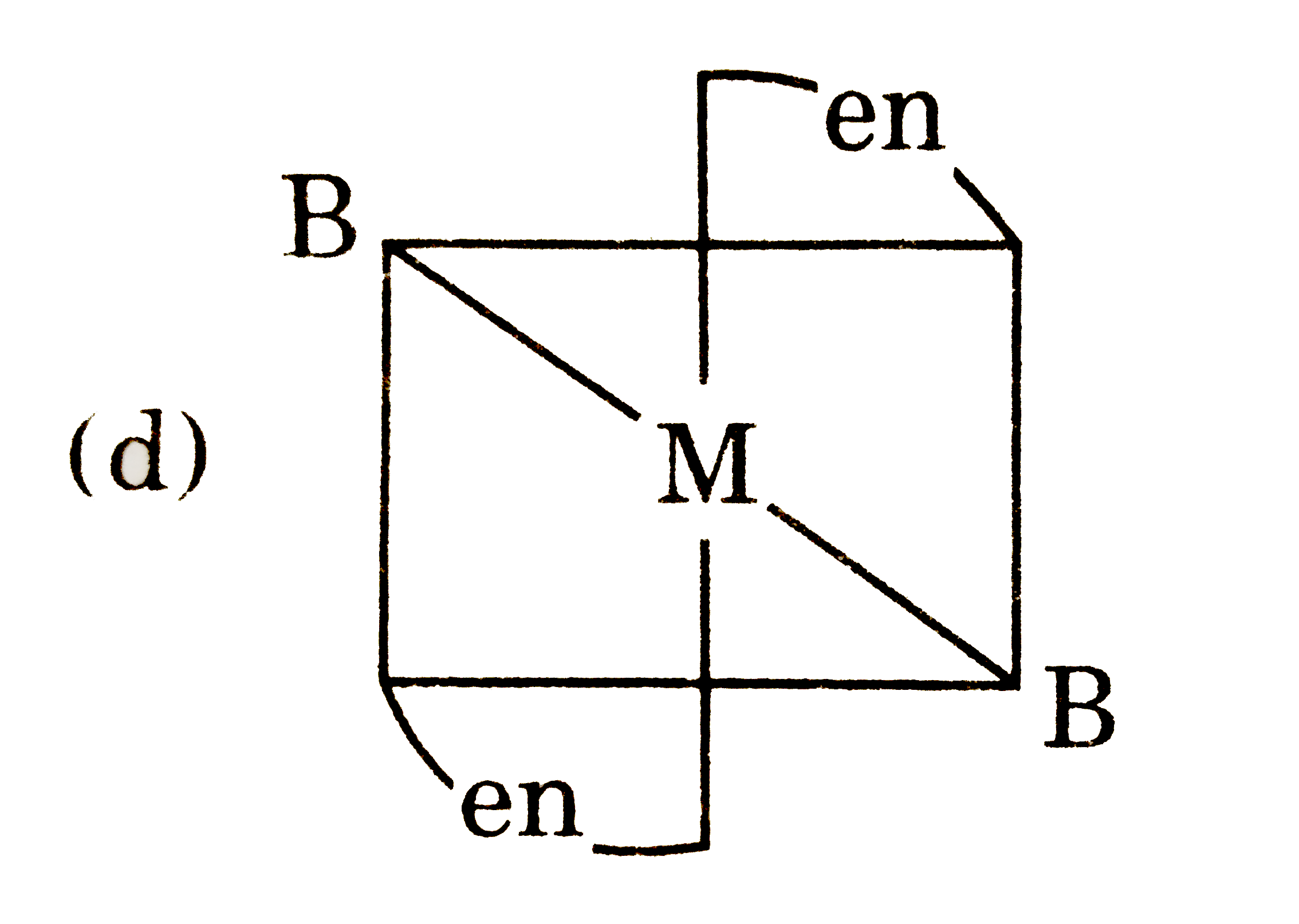Explore topic-wise InterviewSolutions in .
This section includes InterviewSolutions, each offering curated multiple-choice questions to sharpen your knowledge and support exam preparation. Choose a topic below to get started.
| 25801. |
The physical propertiesof phenol (carbolic acid). |
|
Answer» Solution :(1) Purephenolis a COLOURLESS, hygrosocopic , crystalline solidwithtypical phenolio odour. (2) On exposureto airand lightit turns pinkdue to PARTIAL oxidation. (3) PHENOL has lowmeltingpoint (316 K), buthas higher boilingpoint (455k) due to intermolecularhydrogen bonding . (4) It ispartly soluble in water. It is readilysoluble in ETHANOL andether. |
|
| 25802. |
The physical change among the following is |
|
Answer» BURNING of coal |
|
| 25803. |
The photo electric emissioin requires a threshold frequency v_(0). For a certain metal lamda_(1)=220Å and lamda_(2)=1900Å, produce electrons with a maximum kinetic energy KE_(1) and KE_(2). If KE_(2)=2KE_(1) calculate v_(0) and corresponding lamda_(0). |
|
Answer» |
|
| 25804. |
The photoelectric emission from a surface starts only when the light incident upon the surface has certain minimum |
|
Answer» intensity |
|
| 25805. |
The photocholorination of alkane, is |
|
Answer» ELECTROPHILIC SUBSTITUTION `CL-Cl overset("U.V. light")to Cl^(*)+Cl^(*)` |
|
| 25806. |
The phosphate of a metal has the formula MHPO_(4). The formula of its chloride would be |
|
Answer» `MCL` |
|
| 25807. |
The phosphorus pentachloride reacts with ethanol to give : |
|
Answer» ETHYL chloride |
|
| 25808. |
The phosphodiester linkage in a nucleitde is between |
|
Answer» 5' and 1' CARBONS |
|
| 25809. |
The 3.-5. phosphodiester linkages inside a polynucleotide chain serve to join |
|
Answer» 5' and L' CARBONS |
|
| 25810. |
The phosphate of a certain metal M is M_(3)(PO_(4))_(2). The correct formula of metal sulphate would be: |
|
Answer» `M_(2)(SO_(4))_(3)` |
|
| 25811. |
The phenomenon of Tyndall's effect is not observed in |
|
Answer» EMULSION |
|
| 25812. |
The phenomenon of simultaneous absorption and adsorption is called |
|
Answer» Sorption |
|
| 25813. |
The phenomenon of radioactivity arises from the |
|
Answer» BINARY fission |
|
| 25814. |
The phenomenon of removing layers of basic oxides from metals before electroplating is called : |
|
Answer» |
|
| 25815. |
The phenomenon of precipitaion of a colloidal solution by the addition of excess of an electrolyte is called _____,Which is due to _____ |
| Answer» SOLUTION :COAGULATION, NEUTRALISATION of CHARGE. | |
| 25818. |
The phenomenon of opposing the growth of one micro-organism by other is called |
|
Answer» CURING |
|
| 25819. |
The phenomenon of nuclear fission was experimentally observed by : |
|
Answer» FERMI |
|
| 25820. |
The phenomenon of migration of dispersed medium under the influence of electric current is called: |
|
Answer» Dialysis |
|
| 25821. |
The phenomenon of metamerism is shown by : |
|
Answer» vinyl ALCOHOL and ACETALDEHYDE |
|
| 25822. |
The phenomenon observed when a beam of light is passed through a colloidal solution is ..... |
|
Answer» Cataphoresis |
|
| 25823. |
The phenomenon is whichcells are swelled up and then burst if placed in hypotonic solutions is called |
|
Answer» plasmolysis |
|
| 25824. |
The phenomenon of adsorption arises due to unbalanced |
|
Answer» VALENCE force EXISTING on the surface of solids |
|
| 25825. |
The phenomenon involvingthe union of two or more molecules to form a new molecular aggregate is called : |
|
Answer» POLARISATION |
|
| 25826. |
The phenomenon in which white transparent crystal changes into white powder is known as : |
|
Answer» Sublimation |
|
| 25827. |
The phenomenon in which the crystals on subjecting to a pressure or mechanical stress produce electricity is called |
|
Answer» pyroelectricity |
|
| 25828. |
The phenomenon in which polar crystals on heating produce electricity is called : |
|
Answer» Pyroelectricity |
|
| 25829. |
The process in which nutrient enriched water bodies support a dense plant population, which kills animal life by depriving it of oxygen and results in subsequent loss of biodiversity is known as : |
|
Answer» SPECIES promotion |
|
| 25830. |
The phenomenon in which crystals on subjecting to a pressure or mechanical stress produce electricity is called : |
|
Answer» Pyroelectricity |
|
| 25831. |
The phenomenon in which cells are swelled up and then burst if placed in hypotonic solutions is called: |
|
Answer» Plasmolysis |
|
| 25832. |
The phenomenon in which cells are shrinked down if placed in hypertonic solution is called: |
|
Answer» Plasmolysis |
|
| 25833. |
The phenomenon in which cells are shrinked down if placed in hypertonic solution is called |
|
Answer» plasmolysis |
|
| 25834. |
Shrinking of the cell due to out flow of water in a hypertonic solution is called _______. |
|
Answer» Plasmolysis |
|
| 25835. |
The phenomenon in which atoms or groups in a compound can attract electrons is called __________. |
|
Answer» mesomeric EFFECT |
|
| 25836. |
The phenomenon in which adsorption and absorption takes place simultaneously is called |
|
Answer» Desorption |
|
| 25837. |
The phenomena of photoelectric effect was successfully explained by: |
|
Answer» Bohr |
|
| 25838. |
The phenolic derivative used in mouth wash is |
|
Answer» n- hexyl RESORCINOL |
|
| 25839. |
The phenol with a high purity is obtained from …. |
| Answer» Solution :cumene | |
| 25840. |
The phase diagrams for the pure solvent (solid lines) and the solution (non-volatile solute, dashed line) are recorded below. The quantity indicated by L in the figure is: |
|
Answer» `Deltap` |
|
| 25841. |
The phase diagrams for the pure solvent (solid lines) and the solution (non-volatile solute, dashed line) are recorded below. The quantity indicated by 'L' in the figure is |
|
Answer» `DELTAP` |
|
| 25842. |
The pH vaue of 0.1 M NaOH solution is (when there is a given reaction [H^(+)][OH^(-)] = 10^(-14) |
|
Answer» 13 `[OH^(-)] = 0.1` Given `[H^(+)] [OH^(-)] = 10^(-14)` `[H^(+)] = 10^(-13) , pH = 13`. |
|
| 25843. |
The pH value of the solution in which a particular amino acid does not migrate under the influence of an electric field is called the |
|
Answer» eutectic POINT |
|
| 25844. |
The pH value of gastric juice in human stomach is about 1.8 and in the small intestine it is about 7.8. The pK_(a) value of aspirin is 3.5. aspirin will be |
|
Answer» completely ionised in the SMALL intestine and in the stomach |
|
| 25845. |
The pH value of 1.0 xx 10^(-8) M HCl solution is less than 8 because |
|
Answer» HCl is completely ionised at this concentration |
|
| 25846. |
The pH value of decinormal solution of NH_(4)OH which is 20% ionised, is |
|
Answer» `13.30` `[OH^(-)] = C.alpha , c = (1)/(10)M, alpha = 0.2` `[OH^(-)] = (1)/(10) xx 0.2 = 2 xx 10^(-2)M` `pOH = - LOG [OH^(-)] = log[2 xx 10^(-2)], pOH = 1.7` `pH = 14 - pOH = 14-1.7 = 12.30`. |
|
| 25847. |
The P^H value of a solution in which a polar amino acid does not migrate under the influence of electric field is called |
|
Answer» Iso ELECTRONIC point |
|
| 25848. |
The pH value of a solution in which a polar amino acids does not migrate under the influence of electric field is called |
|
Answer» ISO ELECTRIC point |
|
| 25849. |
The pH value of a solution in which a polar amino acid does not migrate under the influence if electric field is called |
|
Answer» ISOELECTRONIC points |
|
| 25850. |
The pH value is maximum for : |
|
Answer» `0.1 M NH_(4)OH` |
|







